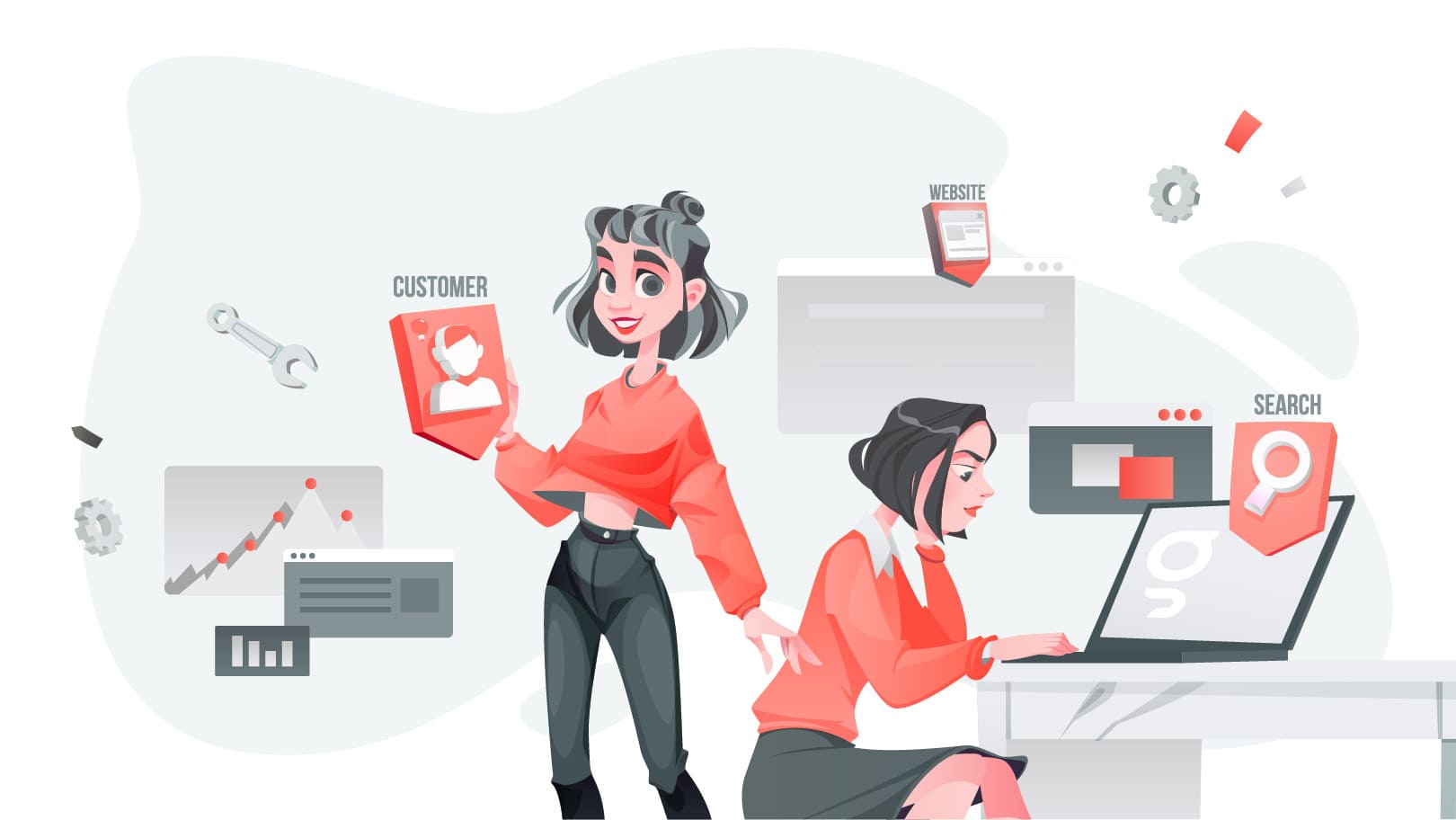Customer expectations are higher than ever. In an age of frictionless interactions and custom experiences, success relies on companies doing more than delivering great products or services. They must carefully design each touchpoint, making customers valued, known, and connected. This is where customer experience (CX) design comes in — a forward-thinking process that determines how users interact and engage with a brand.
But why is CX design so powerful? Why do certain companies retain loyal customers while others are beset by churn? Gapsy will look at the core of CX design, uncover the key principles behind exceptional experiences, and break down the process of designing an unforgettable customer journey. Let's dive in.









